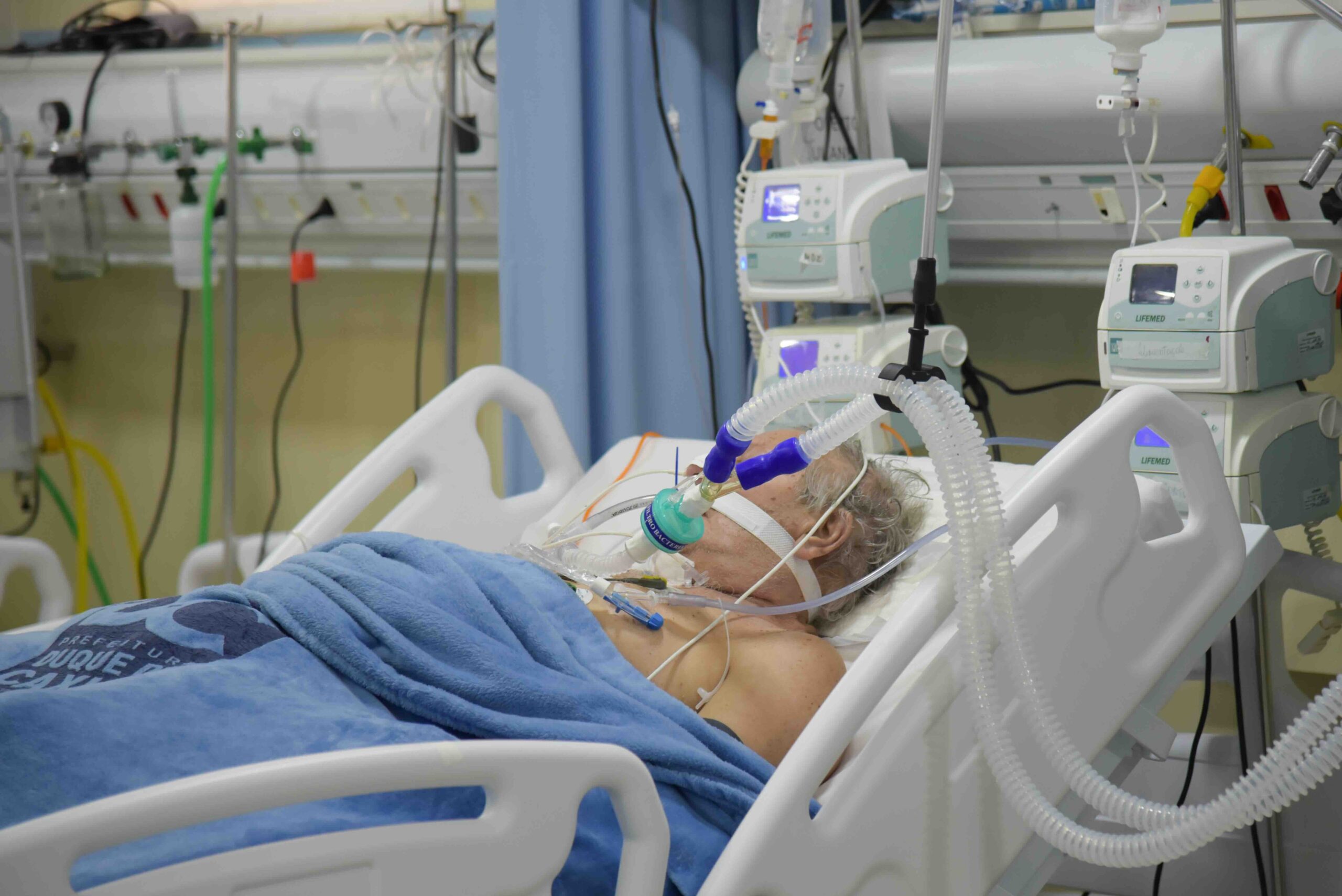While it is true that the Victorian Government’s budget cuts have had serious implications for the provision of public health services, it is disappointing that the media has focused most of its attention on critical care services.
As most practising health care professionals will confirm, much of the publicity has been misleading. Nevertheless, such “bad publicity” has undoubtedly contributed to the Government’s recent decision, made late last week, to temporarily increase the allocation of funds for critical care services.
Given the average cost of utilising a single ICU bed is $1,250 per day (i.e approximately $500,000 per year), the question that must be asked is: which health services will receive cuts to fund this initiative? Will it be a few community health centres or rural hospitals perhaps?
As a PhD student, I have spent the past year interviewing patients and their relatives six months after their discharge from an ICU in Melbourne. My research has focused on “quality of life”, believing that conventional statistics, such as those of mortality, tell only a very small part of the story. Knowledge about how a person lives after being treated with an array of medical technologies is surely the ultimate yardstick.
Empirical evidence from my study suggests that there is a remarkable lack of support for people after their discharge from ICU. After thousands of dollars have been spent “saving lives”, many patients do not have access to the relatively inexpensive services that may enhance their quality of life after their discharge from hospital.
Before we pour more of our health dollars into critical care services, let’s ensure that we are able to provide adequate services to support people both before their admission and after their discharge. Who knows? Good community health services may even prevent some people from becoming so sick that they require critical care services at all.
Surely it is not a sign of good government to respond to media reports in this knee-jerk fashion. Providing extra resources in this way is no substitute for a responsible health care policy that meets the needs of all Victorians.
First published as a letter to The Age 23 August 1994
